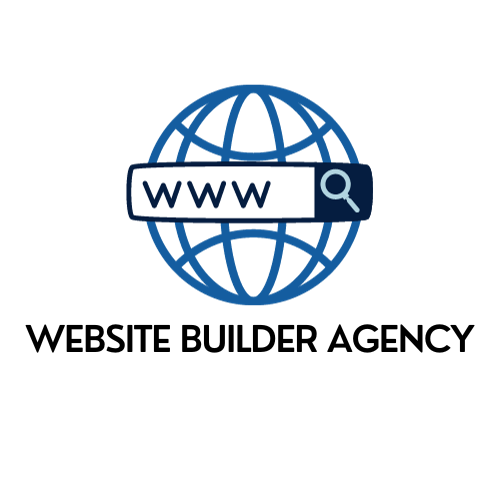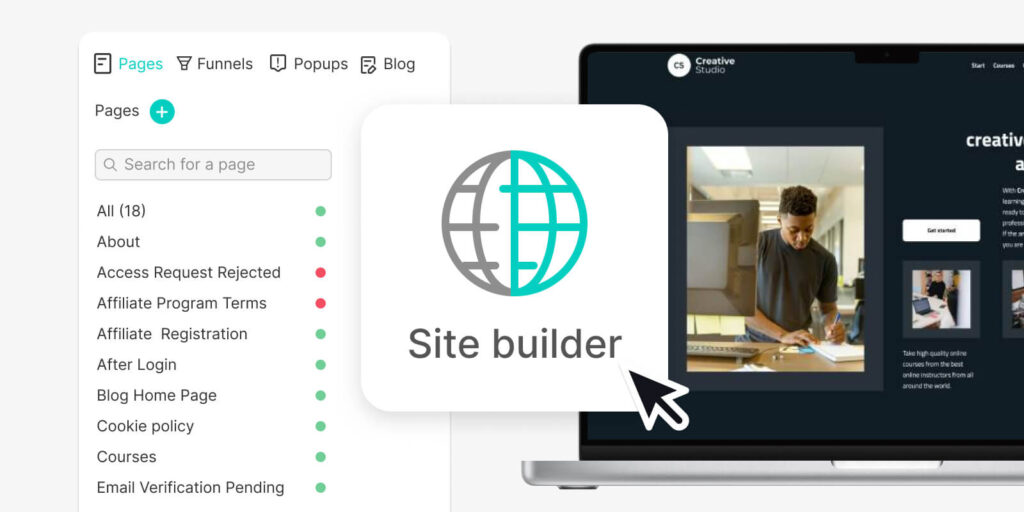In the dynamic world of website development, the demand for user-friendly solutions has led to the emergence of intuitive website building tools.
These platforms cater to a diverse audience, providing a seamless and accessible way to bring digital visions to life.
This article explores the significance of these tools, highlighting their features and the positive impact they have on democratizing web design.
Accessibility for All
Intuitive website building tools break down the barriers to entry for individuals with varying levels of technical expertise.
From seasoned developers to business owners and hobbyists, these tools provide an inclusive platform that empowers users to create stunning websites without the need for extensive coding knowledge.
Drag-and-Drop Simplicity
A hallmark feature of many intuitive website building tools is the drag-and-drop interface. This user-friendly approach allows creators to effortlessly place and arrange elements on a canvas.
Whether it’s text, images, forms, or entire sections, users can intuitively design their websites by dragging elements into place, making the process both efficient and enjoyable.
Pre-designed Templates
To further streamline the design process, many intuitive website builders offer a rich collection of pre-designed templates.
These templates serve as a starting point, providing users with professionally crafted layouts that can be easily customized to match their unique vision.
This not only accelerates the development process but also ensures a polished and aesthetically pleasing end result.
Real-Time Editing and Preview
One of the key advantages of intuitive website building tools is the ability to see changes in real-time.
As users make adjustments, they can preview how these changes will appear on the live website.
This immediate visual feedback enhances the creative process, allowing for quick iterations and adjustments to achieve the desired look and feel.
Responsive Design for All Devices
In the era of diverse devices, responsive design is crucial. Intuitive website building tools often come equipped with features that ensure websites adapt seamlessly to different screen sizes.
This eliminates the need for users to manually code for various devices, promoting a consistent and user-friendly experience across desktops, tablets, and mobile phones.
E-commerce Integration
For those venturing into online business, many intuitive website builders offer built-in e-commerce functionalities.
Users can easily integrate shopping carts, product galleries, and payment gateways without delving into complex coding.
This makes it feasible for entrepreneurs to set up and manage their online stores independently.
Collaborative Capabilities
Intuitive website building tools facilitate collaboration among team members. Multiple contributors can work on different aspects of a project simultaneously, enhancing productivity and reducing development timelines.
This collaborative approach fosters teamwork and ensures that the collective vision is translated into a cohesive and well-executed website.
SEO-Friendly Features
Search engine optimization (SEO) is a critical aspect of online visibility. Many intuitive website building tools come with SEO-friendly features, guiding users to optimize their content for search engines.
From meta tags to sitemaps, these tools simplify the process of making websites more discoverable to search engines.
Cost-Effectiveness
Traditional website development often involves significant upfront costs. Intuitive website building tools, however, offer cost-effective solutions.
Users can choose from a range of pricing plans, making it accessible for businesses of all sizes to create and maintain professional websites without breaking the bank.
Staying Current with Trends
Web design trends evolve rapidly, and intuitive website building tools keep pace with these changes.
Regular updates and additions to templates and features ensure that users can create websites that not only meet current design standards but also remain visually appealing and competitive in the digital landscape.
Conclusion
The rise of intuitive website building tools signifies a paradigm shift in the way websites are created.
By prioritizing accessibility, simplicity, and collaboration, these tools empower a diverse range of individuals to become creators in the digital space.
As technology continues to advance, the democratization of web design through intuitive tools is contributing to a more inclusive and dynamic online environment.

